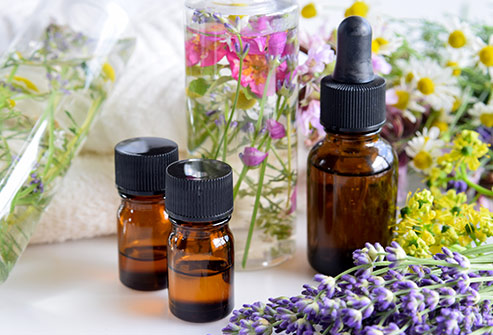
Types of Essential Oils for Insects
Essential oils are like the fancy celebrities of the natural world, known for their aromatic charm and potential superpowers. People use them for everything from creating a zen atmosphere to pretending they’re ancient alchemists concocting magical potions. Whether it’s to relax, freshen up a room, boost mood, or just to smell like a walking garden, essential oils are the hipsters of the wellness scene. I like all the above, however, I am more concerned about how they affect insects and how they can keep me comfortable in my backyard.
Below, I listed 7 of the fiercest insects on the planet and how essential oils can aid in controlling them. I even included mixing ratios. Enjoy!
1# Mosquitoes

Mosquitoes are small, flying insects belonging to the family Culicidae. They are known for their distinctively slender bodies, long legs, and a pair of wings. These insects are found worldwide, except in extremely cold regions, and are particularly prevalent in tropical and temperate areas. Mosquitoes are well-known for their feeding behavior, as adult females require a blood meal to develop and lay eggs.
Female mosquitoes have specialized mouthparts called proboscis that they use to pierce the skin of animals, including humans, to extract blood. The saliva they inject into the host during feeding contains anticoagulants, which prevent blood clotting, allowing them to feed more efficiently. In the process of feeding, mosquitoes can transmit various diseases to their hosts, such as malaria, dengue fever, Zika virus, and West Nile virus.
Essential Oils Recommedation for Mosquitoes
Essential Oils | Dilution Ratio |
|---|---|
Cintronella Oil | 10-15 drops per 1 once |
Lemon eucalyptus oil | 10 drops per 1 once |
Lavender Oil | 10 drops per 1 once |
Peppermint Oil | 10-15 drops per 1 once |
Essential Oils for Flies
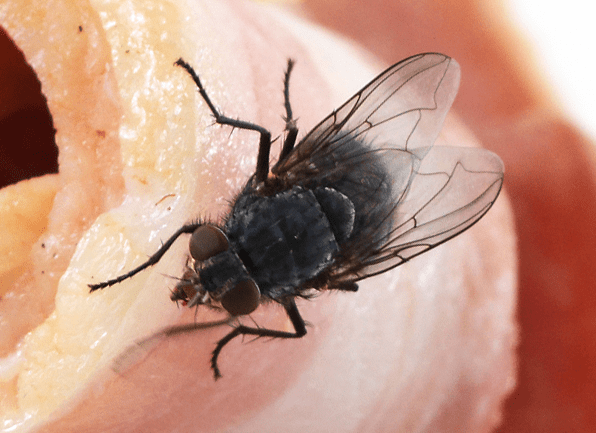
#2 The Filthy Fly
Flies play various roles in ecosystems. Some species are important pollinators, helping with the reproduction of flowering plants, while others are decomposers, breaking down organic matter and recycling nutrients. However, some flies are considered pests, such as house flies and fruit flies, as they can contaminate food and spread diseases to humans and animals.
Some common characteristics of flies include:
- Wings: As mentioned earlier, flies have two wings, and they are excellent fliers, capable of agile and rapid flight.
- Mouthparts: Most adult flies have sponging or lapping mouthparts, which they use to consume liquids such as nectar or decaying substances. However, some flies, like mosquitoes, have specialized mouthparts for piercing and sucking blood.
- Metamorphosis: Flies undergo complete metamorphosis, which means they have distinct egg, larval (maggot), pupal, and adult stages. The larval stage often serves different ecological roles, with some species being decomposers, scavengers, or parasites.
- Reproduction: Flies reproduce prolifically, and their reproductive strategies can vary widely among specie
Essential Oil Recommendation for Flies
Essential Oils | Dilution Ratio |
|---|---|
Peppermint Oil | 10 drops per 1 once |
Eucalyptus Oil | 10 drops per 1 once |
Basil Oil | 10-15 drops per 1 once |
Rosemary Oil | 10 drops per 1 once |
Essential Oils for Ants
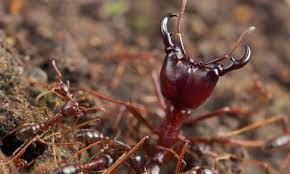
3# The Social Ant
Ants are highly social insects belonging to the family Formicidae, known for their organized colonies and complex behaviors. With over 12,000 known species, ants can be found on almost every continent, except Antarctica. Their body structure includes a head, thorax, and abdomen, with six legs and a pair of antennae. These small insects’ range in size from less than a millimeter to several centimeters.
Ants can become pests and cause problems for various reasons, mainly when they invade human living spaces or interfere with agricultural activities. Some of the key reasons why ants are considered pests include:
- Food Contamination: Ants are opportunistic foragers and are attracted to food sources inside homes, restaurants, and food storage areas. When they infest these spaces, they can contaminate food items, making them unsuitable for consumption and leading to food wastage.
- Structural Damage: Certain ant species, such as carpenter ants, can cause significant structural damage to buildings and wooden structures. They excavate galleries and nests within wood, weakening its integrity and potentially compromising the safety of the structure.
- Garden and Agricultural Damage: In agricultural settings, ants can harm plants and crops. Some ant species protect and cultivate aphids or scale insects, which feed on plant sap. This “farming” behavior can lead to reduced crop yields and plant health.
- Stinging and Biting: Some ant species have painful stings or bites that can cause allergic reactions or discomfort to humans and pets. Fire ants, for example, are notorious for their aggressive behavior and painful stings.
- Electrical Damage: Ants are known to be attracted to electrical currents, and they may build nests in electrical equipment or wiring, potentially causing short circuits and damage to electrical systems.
- Invasive Species: Some ant species, particularly when introduced to new environments, can become invasive pests. Without natural predators or competitors, these ants can rapidly multiply, outcompete native species, and disrupt local ecosystems.
- Nuisance Infestations: Ants can create a nuisance by swarming in large numbers, especially during certain times of the year, causing inconvenience and discomfort for residents and businesses.
Essential Oils Recommendations for Ants
Essential Oils | Dilution Ratio |
|---|---|
Peppermint Oil | 10-15 drops per 1 once |
Tea Tree Oil | 10-15 drops per 1 once |
Lemon Oil | 10 drops per 1 once |
Essential Oils for Ticks
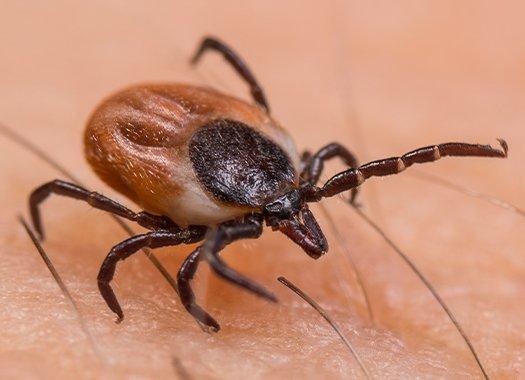
#4 Blood Sucking Ticks
Ticks are small, parasitic arachnids belonging to the order Ixodida. They are external parasites that feed on the blood of animals, including mammals, birds, reptiles, and sometimes humans. Ticks are commonly found in wooded areas, grasslands, and even urban environments, where they wait on vegetation or in leaf litter to attach themselves to passing hosts.
Ticks are dangerous primarily due to their ability to transmit various diseases to their hosts. When a tick attaches itself to a host and feeds on its blood, it can transmit pathogens, such as bacteria, viruses, or protozoa, into the host’s bloodstream. Some of the most well-known tick-borne diseases include:
Essential Oil Recommendation for Ticks
Essential Oils | Dilution Ratio |
|---|---|
Lemongrass | 10-15 drops per 1 once |
Eucalyptus Oil | 10-15 drops per 1 once |
Lavender Oil | 10 drops per 1 once |
Essential Oils for Cockroaches
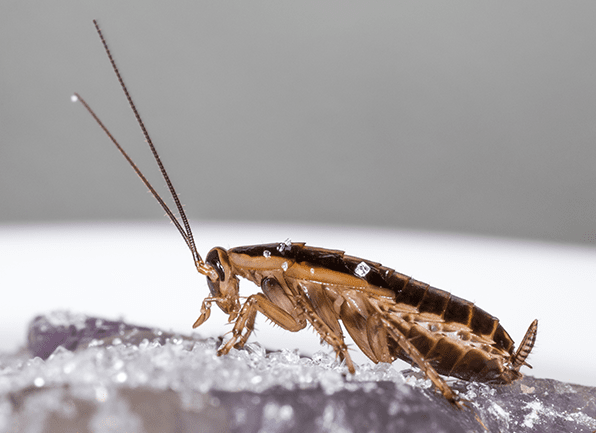
#5 The Gross Cockroach
Cockroaches are considered pests for several reasons:
- Disease Transmission: Cockroaches are known to carry and spread disease-causing organisms such as bacteria, viruses, and parasites. They can contaminate food and surfaces with pathogens, potentially leading to foodborne illnesses and other health issues in humans.
- Allergens: Cockroach droppings, shed skins, and saliva can contain allergenic proteins that, when airborne, may trigger allergic reactions and exacerbate asthma and other respiratory conditions, particularly in sensitive individuals.
- Rapid Reproduction: Cockroaches are prolific breeders, with females capable of producing large numbers of offspring. This quick reproduction allows infestations to grow rapidly and become challenging to control.
- Hardiness and Adaptability: Cockroaches are highly resilient and can survive in various environments. They are capable of living in unsanitary conditions and can hide in tiny cracks and crevices, making them challenging to eliminate.
- Nuisance and Fear Factor: Cockroaches are considered unsightly and can evoke fear and disgust in many people. Their presence can create an unpleasant and unhygienic atmosphere in homes and businesses.
- Contamination: Cockroaches are scavengers and will eat almost anything, including garbage and decaying matter. As they move around, they can transfer bacteria and other contaminants from these unsanitary sources to food-preparation areas and utensils.
Essential Oil Recommendations for Cockroaches
Essential Oils | Dilution Rate |
|---|---|
Peppermint Oil | 10-15 drops per 1 once |
Eucalyptus oil | 10-15 drops per 1 once |
Citronella Oil | 10-15 drops per 1 once |
Essential Oils For Spiders
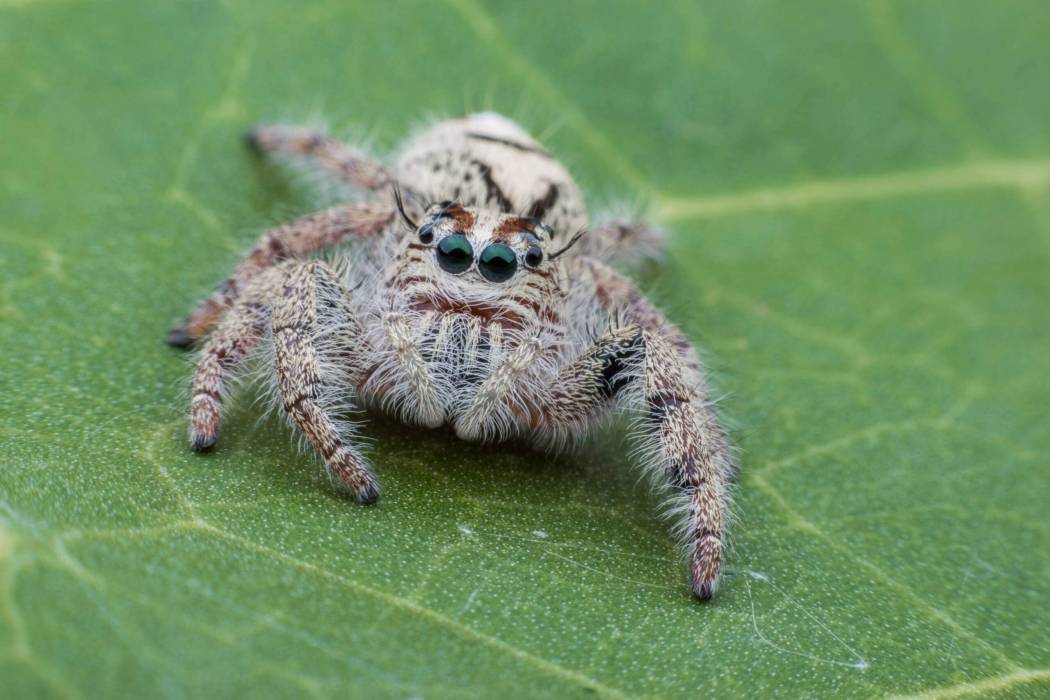
#6 The Creepy Spiders
Spiders are arachnids belonging to the class Arachnida, and they are known for their distinctive body structure, which includes two main body segments (cephalothorax and abdomen) and eight legs. Spiders are found in various habitats worldwide, except in extremely cold environments and at high altitudes. There are thousands of spider species, each with unique characteristics and behaviors.
While some people may fear spiders due to their appearance, the vast majority of spider species are not dangerous to humans. Spiders primarily feed on insects and other small creatures, using venom to immobilize or kill their prey. However, the venom of most spiders is not harmful to humans and is typically designed to target small creatures like insects. In fact, spiders are beneficial to ecosystems and play an essential role in controlling insect populations.
Essential Oil Recommendations for Spiders
Essential Oils | Dilution Rate |
|---|---|
Peppermint Oil | 10-15 drops per 1 once |
Eucalyptus Oil | 10-15 drops per 1 once |
Tea tree Oil | 10-15 drops per 1 once |
Essential Oil for Fleas
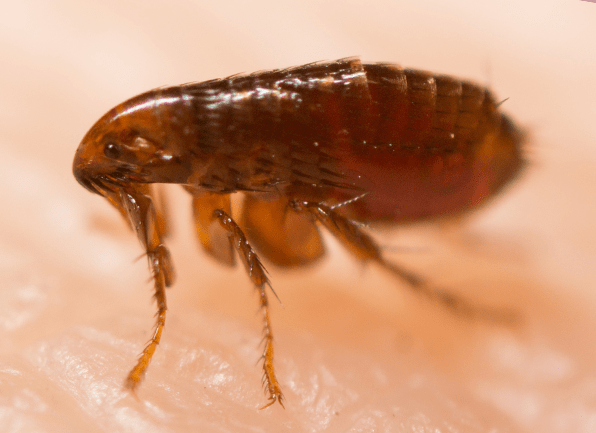
#7 Hop on You Flea
Fleas are considered pests and pose problems for several reasons:
- Biting and Irritation: Flea bites can cause intense itching and discomfort in both animals and humans. Pets may scratch and bite at the affected areas, leading to skin irritation and potential secondary infections.
- Disease Transmission: Fleas can carry and transmit various diseases and parasites to their hosts. One well-known example is the bubonic plague, which is transmitted to humans through fleas that have fed on infected rodents. Fleas can also spread other diseases to animals and humans, including typhus, bartonellosis (cat-scratch disease), and certain types of tapeworms.
- Flea Allergies: Some animals and humans can develop an allergic reaction to flea bites, leading to a condition known as flea allergy dermatitis (FAD). FAD can cause severe itching, hair loss, and skin lesions, requiring veterinary or medical attention.
- Rapid Reproduction: Fleas are prolific breeders, with adult female fleas laying hundreds of eggs in their lifetime. This quick reproductive rate allows flea populations to multiply rapidly, leading to infestations that are challenging to control.
- Indoor Infestations: Fleas can infest indoor spaces, particularly homes where pets reside. Once inside, fleas can hide in carpets, bedding, furniture, and cracks in floors, making them difficult to eradicate.
- Transporting Other Parasites: Fleas can serve as intermediate hosts for other parasites, such as tapeworms. When pets or humans ingest fleas while grooming or through accidental ingestion, they can become infected with these internal parasites.
Essential Oil Recommendations for Fleas
Essential Oils | Dilution Ratio |
|---|---|
Lavender Oil | 10-15 drops per 1 once |
Lemongrass Oil | 10-15 drops per 1 once |
Cedarwood Oil | 10 drops per 1 once |